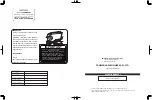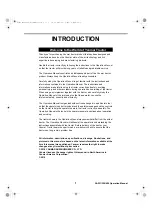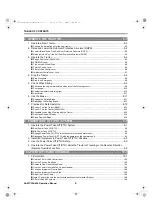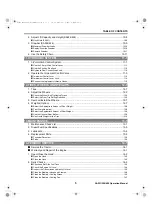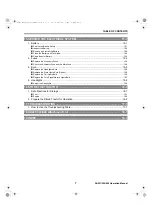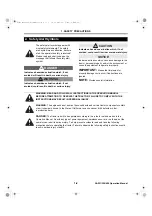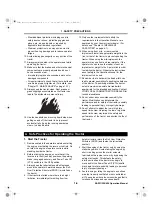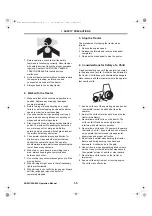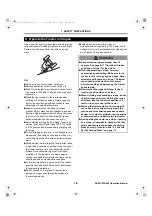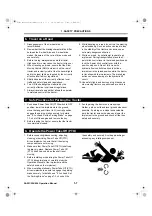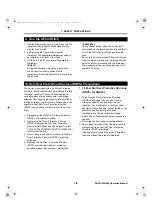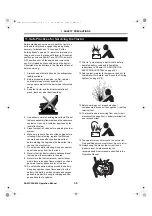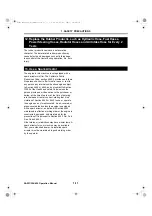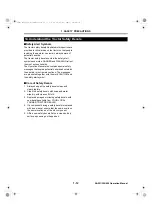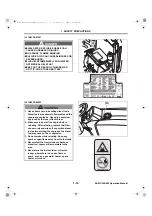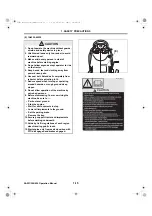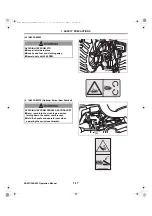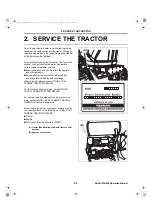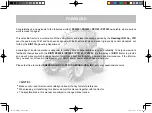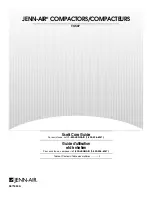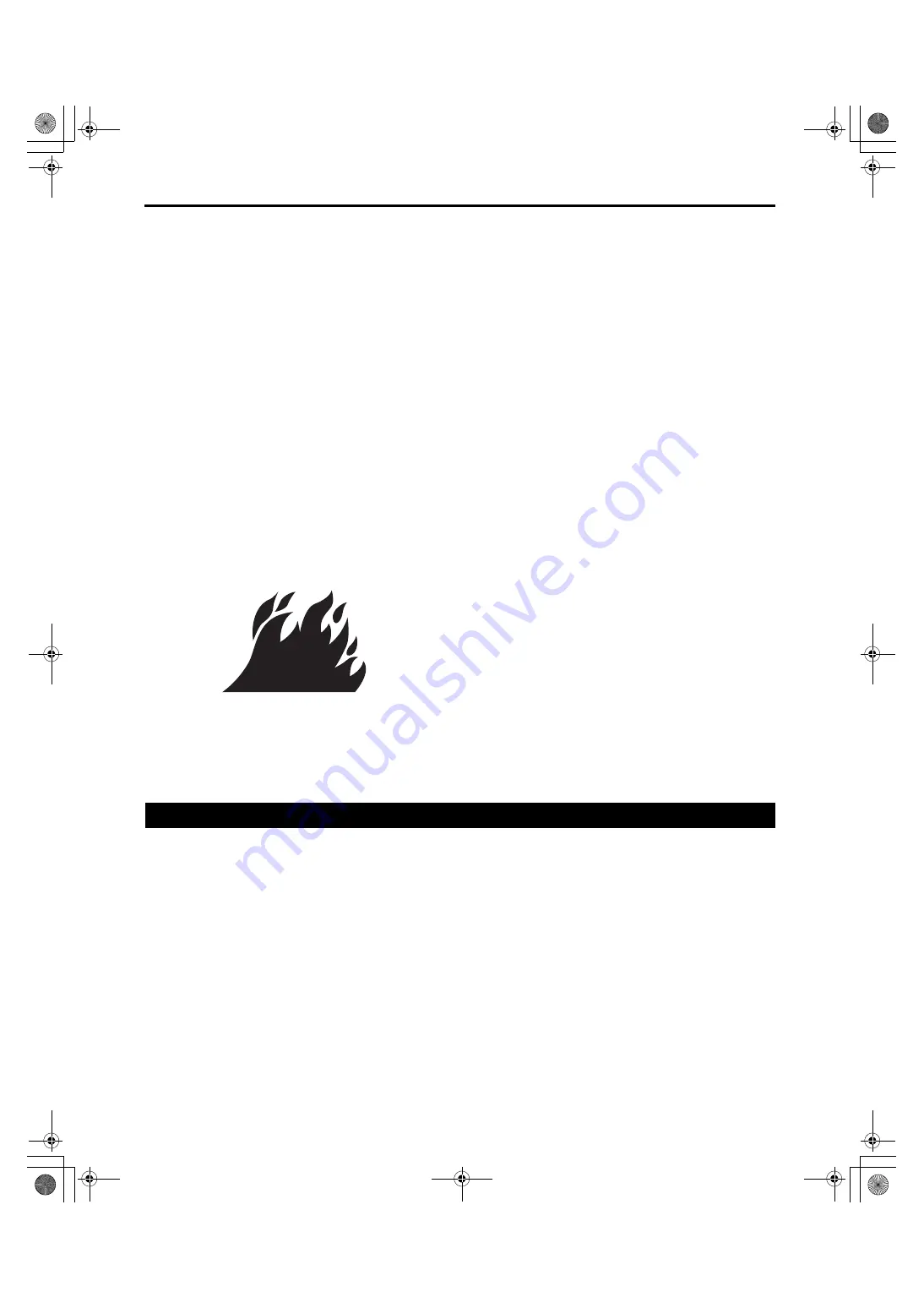
1-4
SA221/324/424 Operation Manual
• Wear additional protection including non-slip
safety boots or shoes, protective goggles and
gloves, etc., as appropriate or required by
applicable local laws and regulations.
• Wear ear protection in a noisy environment to
prevent hearing damage and to reduce operator
fatigue.
10. Avoid allowing passenger/s on any portion of the
tractor.
11. Always remain seated in the operator seat while
operating the tractor.
12. Make sure that the brakes and other mechanical
components are properly adjusted and do not
have excessive wear.
• Immediately replace all excessively worn out or
damaged components.
• At regular intervals, check that all nuts, bolts and
screws are properly tightened. (For details, see
"Chapter 13. MAINTENANCE" on page 13-1).
13. Always keep the tractor clean. Dust, grease or
grass clippings accumulated on the tractor can
lead to fire accidents or personal injury.
14. Use the handholds and running board step when
getting on and off the tractor to help prevent
accidental falls. Keep the running board step
clear of mud and debris.
15. Only use the implements that satisfy the
requirements in the
Operation Manual
or are
approved by your Yanmar tractor dealer. (For
details, see "Chapter 4. IMPLEMENT
CAPACITIES" on page 4-1).
16. When using front, mid- or rear mounted
implements, install an appropriate weight/s to the
front or rear of the tractor to prevent upsetting the
tractor. When using the mid-implement, the
operator may use front and rear weights. If the
operator choose to use the loader, mount an
implement or weight to the 3-point hitch in order
to stabilize the tractor. Observe the instructions
about safety in the
Operation Manual
for the
implement to be used.
17. Remember that a narrower tire tread width can
lead to greater possibility of upsetting the balance
of the tractor. To positively stabilize the tractor,
select a maximum possible tire tread width
appropriate for the intended application. Contact
YOUR LOCAL YANMAR TRACTOR DEALER for
technical assistance.
18. Do not under any circumstances modify the
tractor. Modification can deteriorate the
performance and/or safety of the tractor, possibly
leading to personal injury or property damage.
19. Do not attempt to adjust the low or high idle
speed limit screw. Adjusting the low or high idle
speed limit screw may impair the safety and
performance of the tractor and shorten the life of
the tractor.
1. Start the Tractor
1. Remain seated in the operator seat when starting
the engine or actuating the levers or controls. Do
not start the engine or operate controls while
standing beside the tractor.
2. Before starting the engine, ensure that all the
levers are in the N (neutral) positions, the parking
brake is engaged securely, and Power Take Off
(PTO) switch is in the OFF position.
3. Always keep the retractable seatbelt fastened
around the operator’s waist whenever the Roll-
Over Protective Structure (ROPS) is installed on
the tractor.
4. If the tractor is started where there is a height
limitation, immediately after exiting from low
height structure return the Roll Over Protective
Structure (ROPS) and fasten the retractable
seatbelt.
5. Start the engine of the tractor only by using the
starter key switch. Avoid starting the engine by
short circuiting across the starter solenoid
terminals with a jumper wire, or by bypassing the
safety start switch. This defeats the safety
interlock circuit and the tractor may begin to
move and/or the Power Take Off (PTO) shafts
may begin to rotate, possibly leading to personal
injury or property damage.
6. Avoid running or idling the engine in a confined
area that is poorly ventilated or not ventilated at
all. The engine emits carbon monoxide gas that is
colorless, odorless and can cause death.
4. Safe Practices for Operating the Tractor
SA221_324_424_OperatorsManual.book 4 ページ 2018年6月4日 月曜日 午後5時19分


